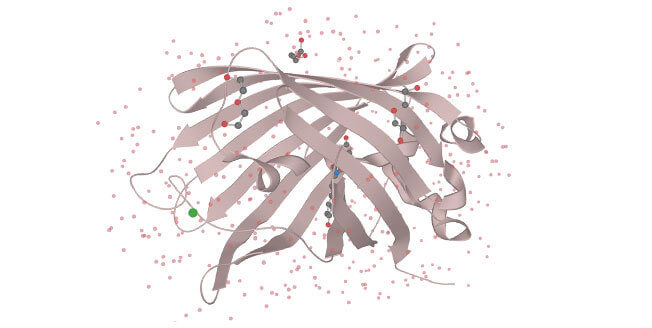
Oligonucleotides are important in genetic testing, research and forensics. For quite some time now, oligonucleotide-based approaches have been developed for different pharmaceutical applications. To monitor the temporal and dimensional spreading of oligonucleotides or proteins, they can be coupled to enhanced green fluorescent protein (EGFP).
EGFP has a molecular weight of 26.9 kDa and is a single point mutation of the green fluorescent protein (GFP) which was first derived from jelly fish Aequorea Victoria. EGFP has improved spectral characteristics such as higher stability and a shift of the major extinction from 395 nm to 488 nm while the major emission is kept at 507 nm, which makes EGFP more suitable for existing spectral analyses.





